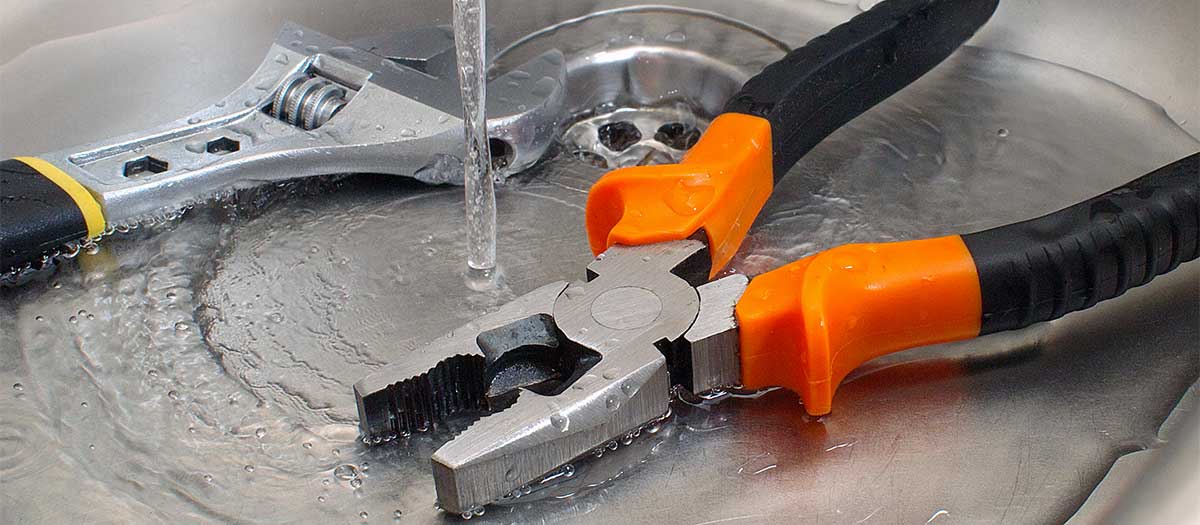Just how to Examine If Your House Has a Concealed Leak
Just how to Examine If Your House Has a Concealed Leak
Blog Article
Were you hunting for content around Detecting hidden plumbing leaks?

The minute you discover a leak, calling your plumber for repair work is the very best service. Nevertheless, some tiny water leakages might not show up. Here are some hacks that aid if you can not discover it with your naked eyes.
Early discovery of dripping water lines can alleviate a prospective calamity. Apart from conserving you money, it will certainly minimize the irritation and also irritation.
Inspect Water Intake
If you identify unexpected adjustments, regardless of your usage being the same, it means that you have leaks in your plumbing system. A sudden spike in your bill suggests a fast-moving leak.
On the other hand, a steady rise on a monthly basis, despite having the exact same practices, shows you have a slow-moving leak that's also gradually intensifying. Call a plumber to thoroughly inspect your residential property, especially if you really feel a cozy area on your floor with piping beneath.
Evaluate the circumstance and also inspect
Property owners need to make it a habit to inspect under the sink counters as well as also inside cupboards for any kind of bad odor or mold and mildew growth. These two warnings show a leakage so punctual focus is called for. Doing regular examinations, also bi-annually, can conserve you from a major problem.
Analyze the Water Meter
Examining it is a proven means that assists you discover leakages. If it moves, that indicates a fast-moving leakage. This indicates you might have a slow-moving leakage that could even be below ground.
Asses Exterior Lines
Don't fail to remember to examine your exterior water lines too. Test spigots by connecting a yard hose. Needs to water leak out of the connection, you have a loosened rubber gasket. Change this and guarantee all links are tight. If you have actually got an automatic sprinkler, it will certainly help get it properly examined as well as maintained yearly. One small leak can lose lots of water as well as spike your water costs.
Do a Food Coloring Examination
When it comes to water intake, 30% comes from bathrooms. If the color somehow infiltrates your dish during that time without flushing, there's a leak between the tank and also dish.
More notably, if you recognize your house is currently old, maintain a watchful eye on your heating units, hoses, pipes and so on. Check for stainings and damaging as many pipelines and home appliances have a life expectancy. They will certainly additionally normally wear away due to wear and tear. If you presume dripping water lines in your plumbing system, do not wait on it to rise. Call a specialist plumber immediately so you don't end up with a terrible mess in your house.
The minute you discover a leak, calling your plumber for repair services is the best remedy. Some small water leakages might not be noticeable. Inspecting it is a proven way that assists you uncover leaks. One small leakage can waste loads of water as well as increase your water bill.
If you presume dripping water lines in your plumbing system, don't wait for it to escalate.
WARNING SIGNS OF WATER LEAKAGE BEHIND THE WALL
PERSISTENT MUSTY ODORS
As water slowly drips from a leaky pipe inside the wall, flooring and sheetrock stay damp and develop an odor similar to wet cardboard. It generates a musty smell that can help you find hidden leaks.
MOLD IN UNUSUAL AREAS
Mold usually grows in wet areas like kitchens, baths and laundry rooms. If you spot the stuff on walls or baseboards in other rooms of the house, it’s a good indicator of undetected water leaks.
STAINS THAT GROW
When mold thrives around a leaky pipe, it sometimes takes hold on the inside surface of the affected wall. A growing stain on otherwise clean sheetrock is often your sign of a hidden plumbing problem.
PEELING OR BUBBLING WALLPAPER / PAINT
This clue is easy to miss in rooms that don’t get much use. When you see wallpaper separating along seams or paint bubbling or flaking off the wall, blame sheetrock that stays wet because of an undetected leak.
BUCKLED CEILINGS AND STAINED FLOORS
If ceilings or floors in bathrooms, kitchens or laundry areas develop structural problems, don’t rule out constant damp inside the walls. Wet sheetrock can affect adjacent framing, flooring and ceilings.
https://www.servicemasterbyzaba.com/blog/how-to-detect-water-leakage-in-walls/

As an avid person who reads on Hacks to detect leaks, I think sharing that short article was essential. Sharing is caring. You never know, you may just be helping someone out. Many thanks for your time. Kindly stop by our website back soon.
Report this page